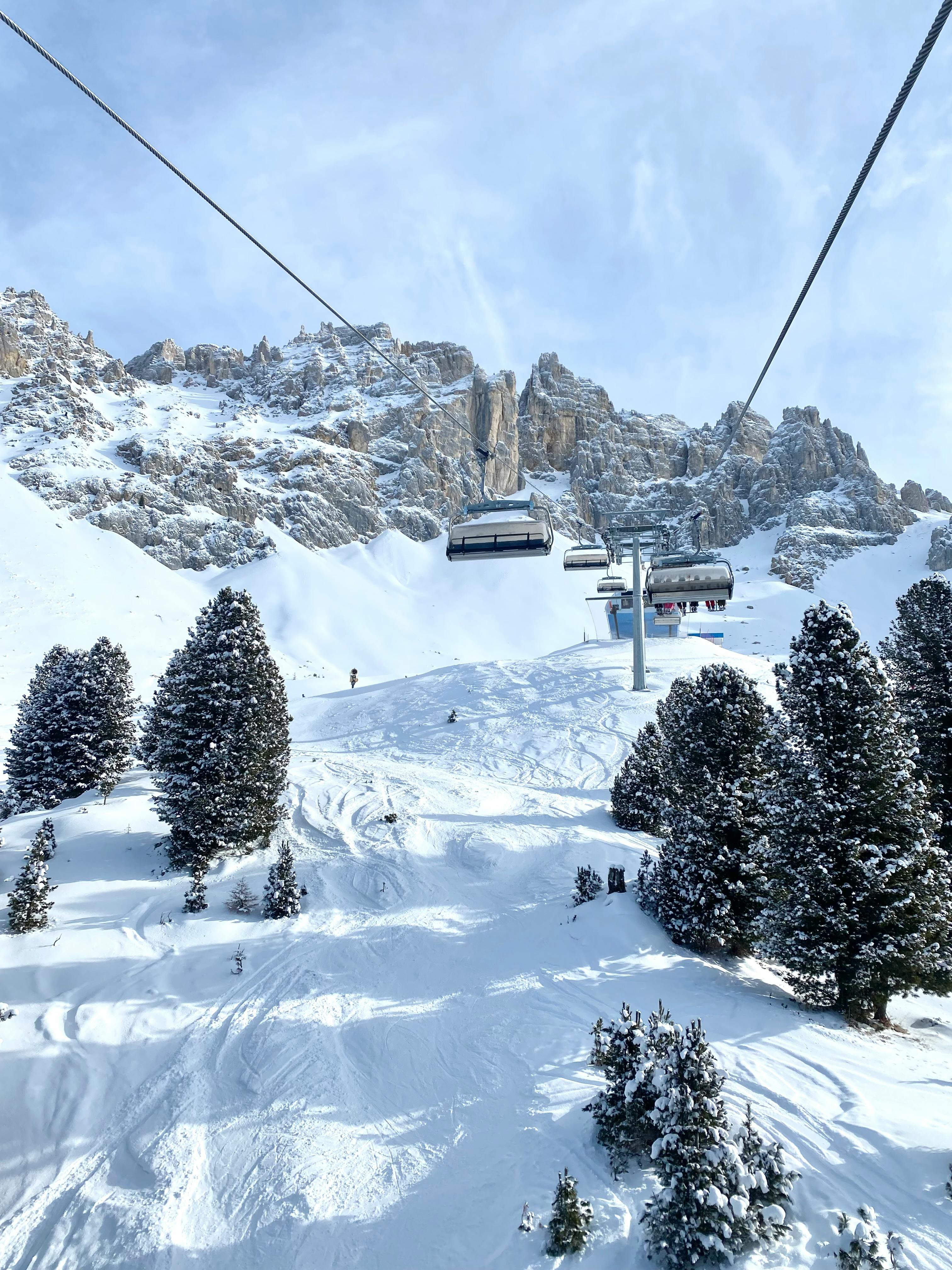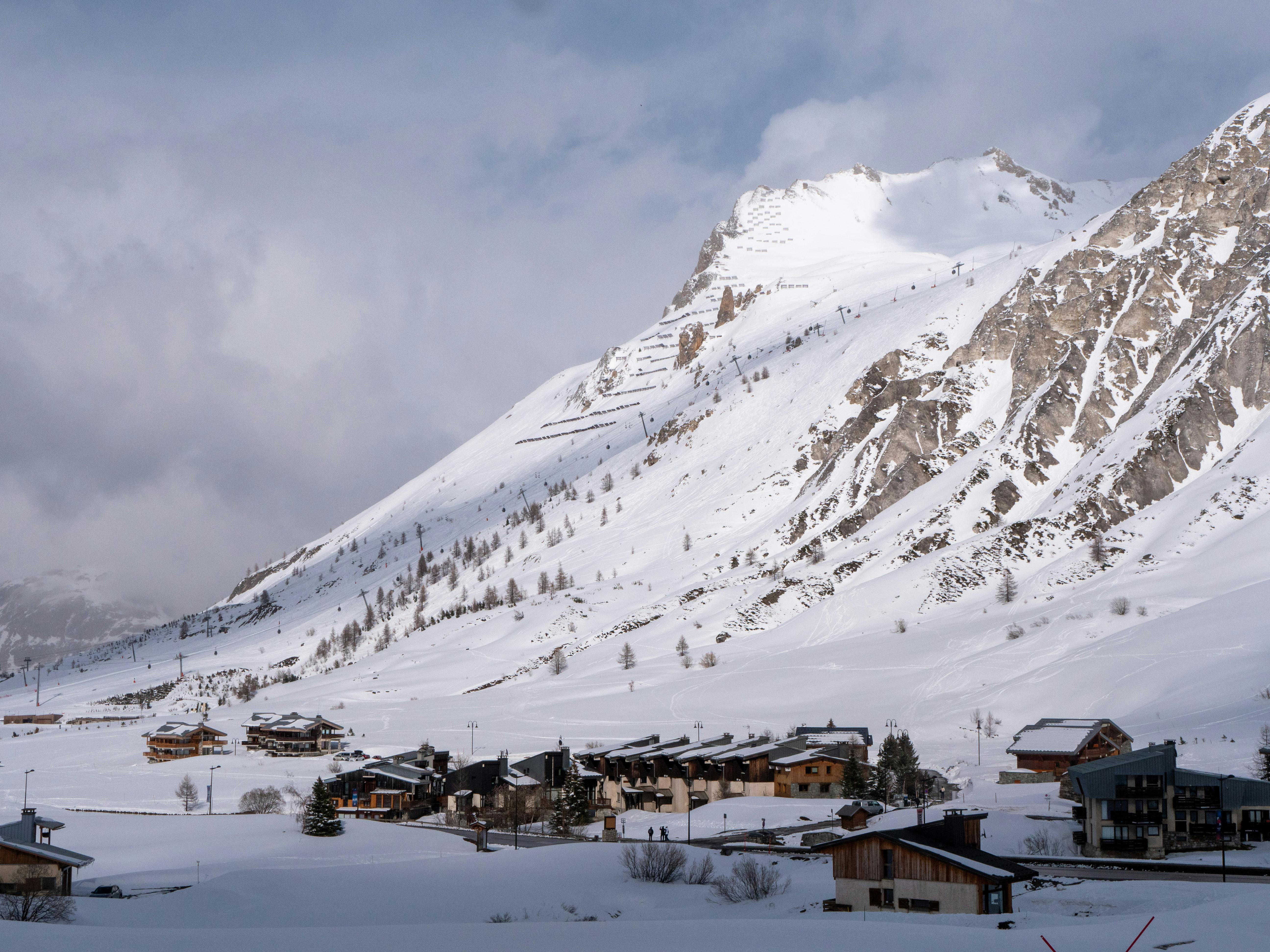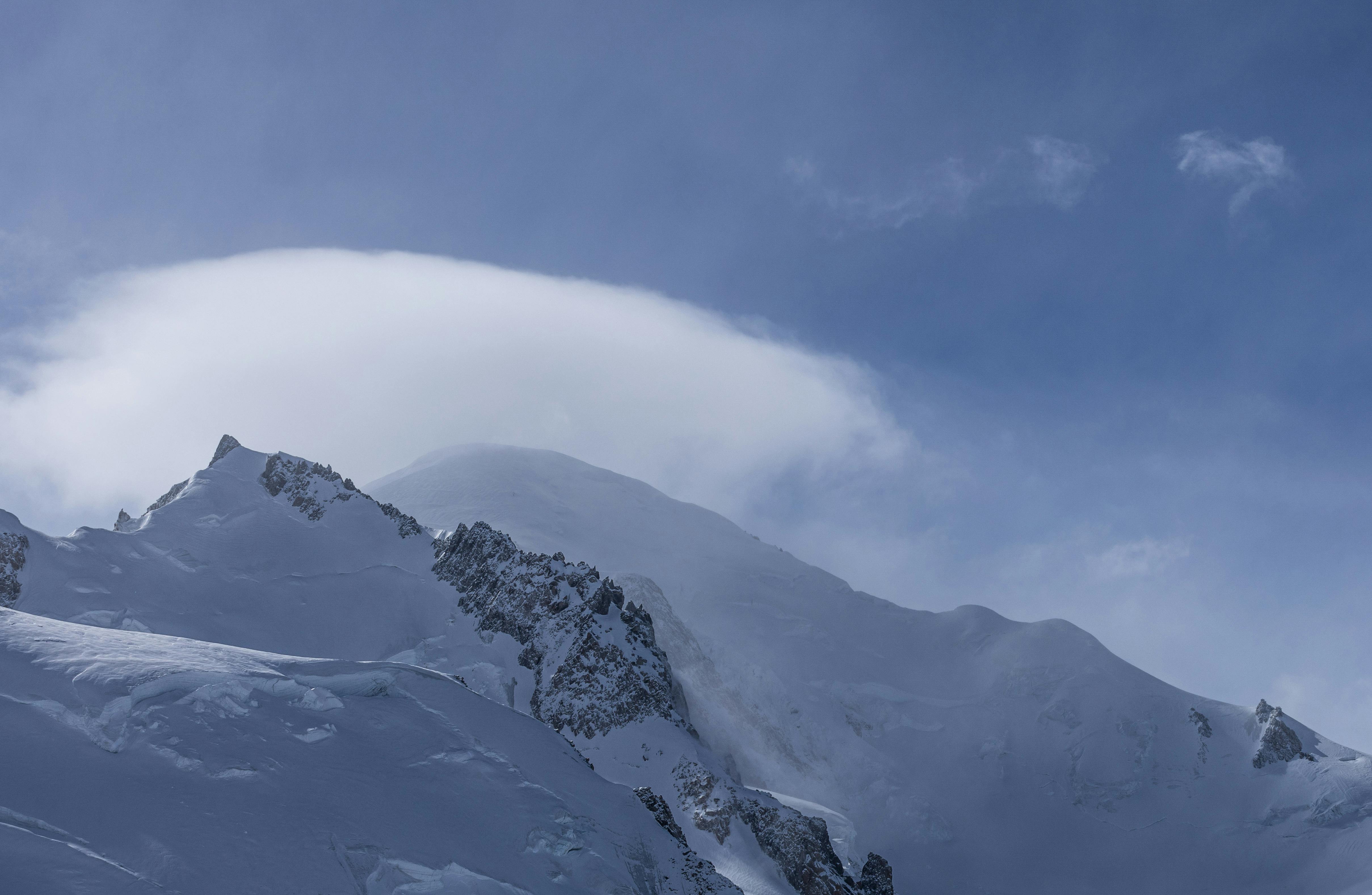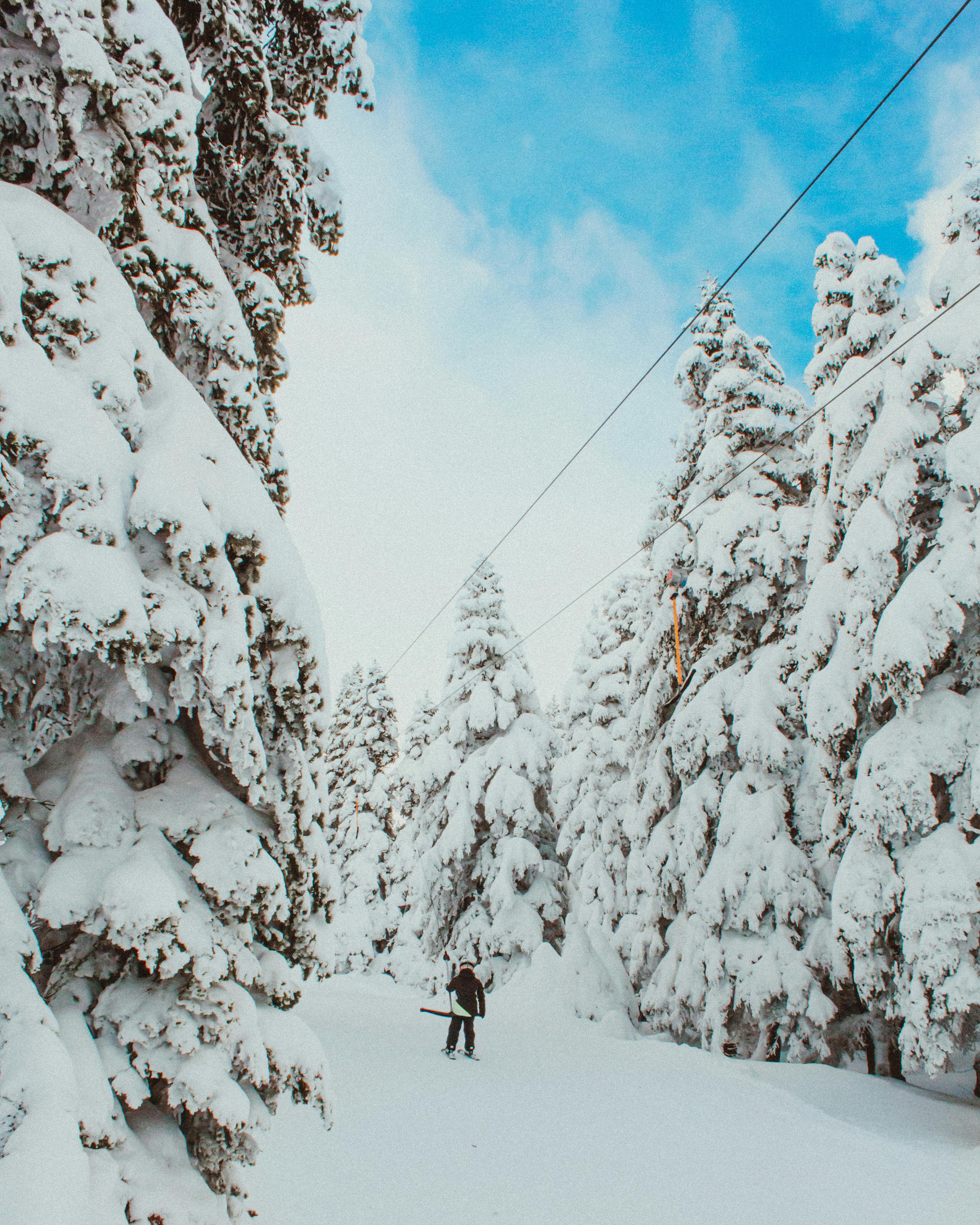5 Reasons Skis with Walking Mode Will Change How You Conquer the Mountain
Ah, the allure of skiing—gliding elegantly down powdery slopes, the wind cutting through your helmet while you feel like the protagonist in a James Bond chase scene. Now throw in a walking mode on your skis, and suddenly, you’re not just carving up slopes; you’re an adventurer, roaming the untouched wilderness, defying gravity, and quite possibly questioning why you thought this was a good idea halfway up a steep incline.
1. Tour Like a Mountain Goat: Conquer the Uphill Struggle
Let me set the scene: Mont Blanc, crisp morning air, and enough untouched snow to send shivers down an Instagram influencer's spine. I'd strapped on a pair of skis with walking mode—bindings that let your heels lift as if suddenly channeling your inner alpine goat. And trust me, you’ll need that spirit when faced with a vertical ascent that looks like something out of a horror movie called Death by Slope.
What makes walking mode revolutionary is its ability to turn that painstaking uphill climb into, dare I say, a tolerable activity. It's like having a cheat code. Instead of stomping through snow with the power of a disoriented penguin, you glide uphill with the ease of a caffeinated sherpa. Sure, your legs will still burn, but the crying will be internal—and slightly less desperate.
Quick PSA for Beginners: Think of skis with walking mode as the espresso martini of ski gear: complex, a little intimidating, but life-changing once you try it. However, as much as I’d love to romanticize this miracle, be warned—don’t skimp on compatible boots. Trust me, trying to "DIY" your way through incompatible equipment is just asking for pain and regret.

2. Skiing Down? Oh, It's Pure Adrenaline
Now, let me remind you of the second half of this masochistic merriment: skiing down. When you’ve reached the summit, legs wobbling from the ascent and existential dread creeping in as you peer over the edge, the real magic begins. Transitioning from the "walking" setting to "skiing" is so seamless that even skeptics stop raising eyebrows. I once heard someone say it was as smooth as convincing yourself you'll stop eating carbs tomorrow—effortless in theory, but actually quite satisfying when done right.
Equipped with my walking-mode skis, I plunged down untouched powder during my Mont Blanc escapade, carving turns so sharp they could slice bread. The skis felt like they were reading my mind—dipping, curving, and racing with such precision that I wondered if I’d been gifted Jedi reflexes overnight. Of course, there was the occasional wobble. After all, nothing screams "professional skier" like almost wiping out in front of a group of smug snowboarders.

3. Prescription Ski Goggles: A Sight for (Sore) Eyes
Now let’s address the elephant in the room, or rather, the foggy goggles on your face. If you’ve ever attempted to wear prescription glasses under regular ski goggles, you know it’s about as fun as skiing blindfolded—except worse, because you’ll probably fog up both your glasses and your goggles. The pain is real, and I’ve lived it.
This is where prescription inserts, like those from Overo Glasses, come swooping in like a superhero with anti-fog powers. They’re the goggles equivalent of adding bacon to breakfast—necessary for survival. The military-grade anti-fog coating gives you crystal-clear vision even when the weather mood-swings between "Arctic death storm" and "I think I’m sunburned." And the universal fit means you won’t have to toss your beloved goggles in favor of something uglier or bulkier. Instead, you’re free to focus on your pristine mountain view—or finding the nearest après-ski bar when you inevitably crave a hot toddy.

4. Safety Never Takes a Day Off
Remember that one event where I rescued a skier trapped in a tree well? Yeah, good times (for everyone except that guy). Skiing is thrilling, but it can also lead to the occasional safety-dodging accident. Skis with walking mode let you explore the backcountry terrain, but they also demand a toolkit of common sense. Avalanche beacons, shovels, and the good old-fashioned buddy system will all be your best friends out there.
And don’t even try to convince me that you’ll survive the slopes without proper vision. Your Overo Glasses inserts aren’t just about clarity; they’re a tool to keep you aware of your surroundings, whether that’s an incoming tree or one of your less-coordinated friends flailing down the mountain.

5. The Fusion of Tranquility and Thrill
Skiing with walking mode isn’t just an activity—it’s an existential experience. One moment you’re trudging uphill, contemplating your life decisions; the next, you’re flying downhill with the world blurring in a medley of white powder and adrenaline. It’s the closest you’ll get to living inside an action movie without earning a stunt double salary. And the feeling of standing atop a remote peak, knowing your blanket of snow belongs only to you? Priceless.
Of course, all good things come with a learning curve. Expect some spills as you get used to all the new gear. It’s part of the process. As one wise skier said (probably after breaking multiple limbs), "If you’re not falling, you’re not learning."

The Final Slide
So, is skiing with walking mode worth it? Absolutely—if you enjoy merging hiking, skiing, and occasionally questioning your own sanity into a single sport. Beyond the thrill, it’s an opportunity to discover terrains untouched by ski lifts and Instagram influencers. Add prescription ski goggles—or more specifically, Overo's prescription ski goggle inserts—into the equation, and now you’re not just a skier; you’re a skier who can actually see.
In the end, skiing is about more than just flawless technique or owning the flashiest gear. It’s about embracing the chaos, laughing at your failures, and living to ski another day—preferably with a solid pair of walking-mode skis strapped to your feet. And hey, if all else fails, at least the après-ski drinks will taste better when you know you’ve conquered both the climb and descent like a mountain legend.
Now go out there, flirt with gravity, and make some questionable life choices. Just, for the love of Mont Blanc, don’t forget your goggles.
Frequently Asked Questions
What is the walking mode in skis?
Walking mode allows skiers to lift their heels while ascending, making uphill movement easier and more efficient. It’s particularly beneficial for backcountry and ski-touring enthusiasts.
Do I need special boots for skis with walking mode?
Yes, you need compatible boots that work with your walking-mode bindings. Using incompatible equipment can lead to discomfort and safety issues.
Can walking-mode skis be used for downhill skiing?
Absolutely! Walking-mode skis are designed to transition seamlessly between uphill and downhill skiing, offering a smooth and thrilling downhill experience.
What are prescription ski goggles or inserts?
Prescription ski goggles or inserts, such as those from Overo Glasses, allow skiers with vision impairments to see clearly on the slopes. They’re equipped with anti-fog coatings and fit universally with most goggles.
What safety equipment do I need for backcountry skiing?
When skiing in backcountry terrain, essential safety equipment includes avalanche beacons, shovels, probes, and a dedicated buddy system to ensure safe navigation and rescue preparedness.
References
- ATK Hybrid Ski Touring Bindings - A detailed overview of hybrid touring technology.
- Blister Gear Review on ATK Hybrid Bindings - In-depth analysis and reviews of ATK bindings.
- Hagan Ski Mountaineering Products - Explore more options for ski bindings and equipment.
- Switchback Travel's Best Backcountry Skis - Guide to the best backcountry skis for various terrain.
- K2 Diverge SC Ski Boots - Learn about ski boots compatible with walking-mode skis.



Share:
7 Eye-Opening Truths About How Shorter Skis Affect Float in Powder (And What Your Prescription Ski Goggles Can Teach You)
7 Reasons Why Skis With Walking Mode Are A Complete Game-Changer